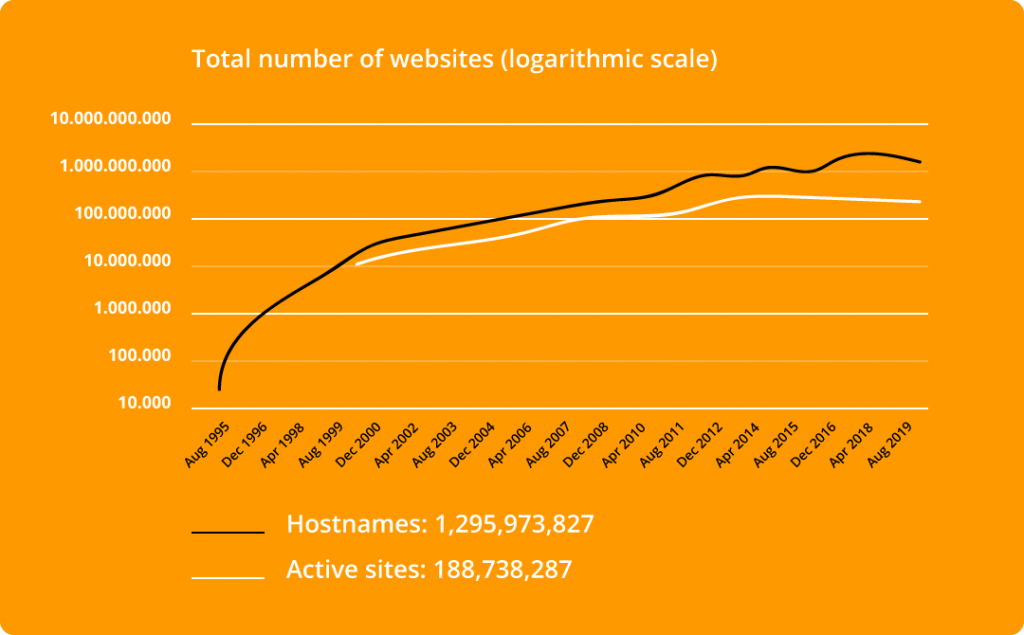The internet has permeated nearly every aspect of our lives. It’s where we work, learn, stream music and videos, find solutions to health issues, and shop online stores. The internet is our everything. While it has plenty of benefits, such as convenience and efficiency, it comes with risks.
It’s well known that there is a dark side to the internet—the dark web. This contains vile images, illegal weapons, stolen IDs, and so much more. The problem is, you don’t have to go that deep to find inappropriate content. In fact, web searches for even the most innocuous things can yield unsavoury results. This is where content filtering comes in.
Content filtering is a way to block web content you deem inappropriate. These may be sites that are dangerous, distracting, or unsavoury. With most content filters, you’re able to block specific sites or use keywords to block associated content. Say, for instance, you want to block sexual content. You would use keyword filtering with related words, such as sex or porn, to block all search results related to those terms.
The type of content you filter depends on the environment it’s used in. Content filters in the workplace are often included in the firewall infrastructure as software or hardware. If this is the case, the content filter’s purpose is to protect against cyber threats such as phishing or malware. Or, the company may be using the filters to block employees from distractions such as social media and streaming services.
In schools, content filters are commonly used to protect students and keep them away from distracting sites. This may include blocking social media, forums, games, or inappropriate sexual content. It may also protect students against cyberbullying, hackers, and scammers. Cybercriminals often target schools due to their large databases of personal information and the opportunity for identity theft. However, much worse can happen if that information is in the wrong hands.
Granularity refers to how the content filter blocks the “bad materials”. This can be done by blocking the entire web site (URL blocking) or at a page level (the specific page of web site – eg a You-Tube page) or some combination of both.
VeeShield provides advanced DNS filtering to support granular filtering at both the website level (URL blocking) and the page level.
URL content blocking is simple to implement. VeeShield supports 85 content categories and these can be permitted or blocked with a simple click. No complications are caused by needing IP addresses or http/https links.
Page level blocking is also very easy to implement in VeeShield, but is specifically implemented to block pages which are categorized as pornography or as offensive or inappropriate for children. The page level filter is not tunable to exclude less sensitive categories like “news”. The page level filter is therefore ideally optimised for child safeguarding.
This site is protected by reCAPTCHA and the Google Privacy Policy and Terms of Service apply.
DNS systems are not all implemented in the same way. There are basically four ways of deploying DNS content filters:
In this case DNS setting are changed within the router or remotely by an ISP
A downloadable application which controls the device internet behaviour. This can be done with ultra-low impact on device and the network
This a more advanced method that helps to harmonise the content filter with the IT environment
For very high levels of traffic
The content filter needs to support a process to provide feedback about a page being blocked.
Blocking Page: Most systems will present a customisable blocking page where a logo, message and help desk contact can be displayed
Re-direction: More advanced content filtering systems will support re-direction to a customized web page. This opens the possibility to provide more personalized help for end users (eg click a help link)
This is a topic specifically about personal privacy. The most well known law about this is the General Data Protection Regulation (GDPR) developed in the EU. GDPR also forms the basis of privacy laws in Asia, Africa LATAM and some US States.
GDPR and most variants are set up to maintain your anonymity.
VeeShield does not keep any personal data. No personal data is transmitted at all on to the VeeShield network where some third party might wish to view it.

There are about 1.3 billion [Feb 2020] sites on the internet today. It’s a lot. However about 85% of these are dormant and each month hundreds of thousands of new web sites are typically both added and removed. A good categorization method is essential for content filtering.
The basic process for categorization is to scan sites and apply an algorithm and other supportive processes to verify the type of content with a low false positive rate.
An acceptable false positive rate depends on your needs and especially how deep your pockets are. A content filtering database which uses a combination of new site discovery and re-checking sites provides a good enough approach for most commercial and education industry needs.